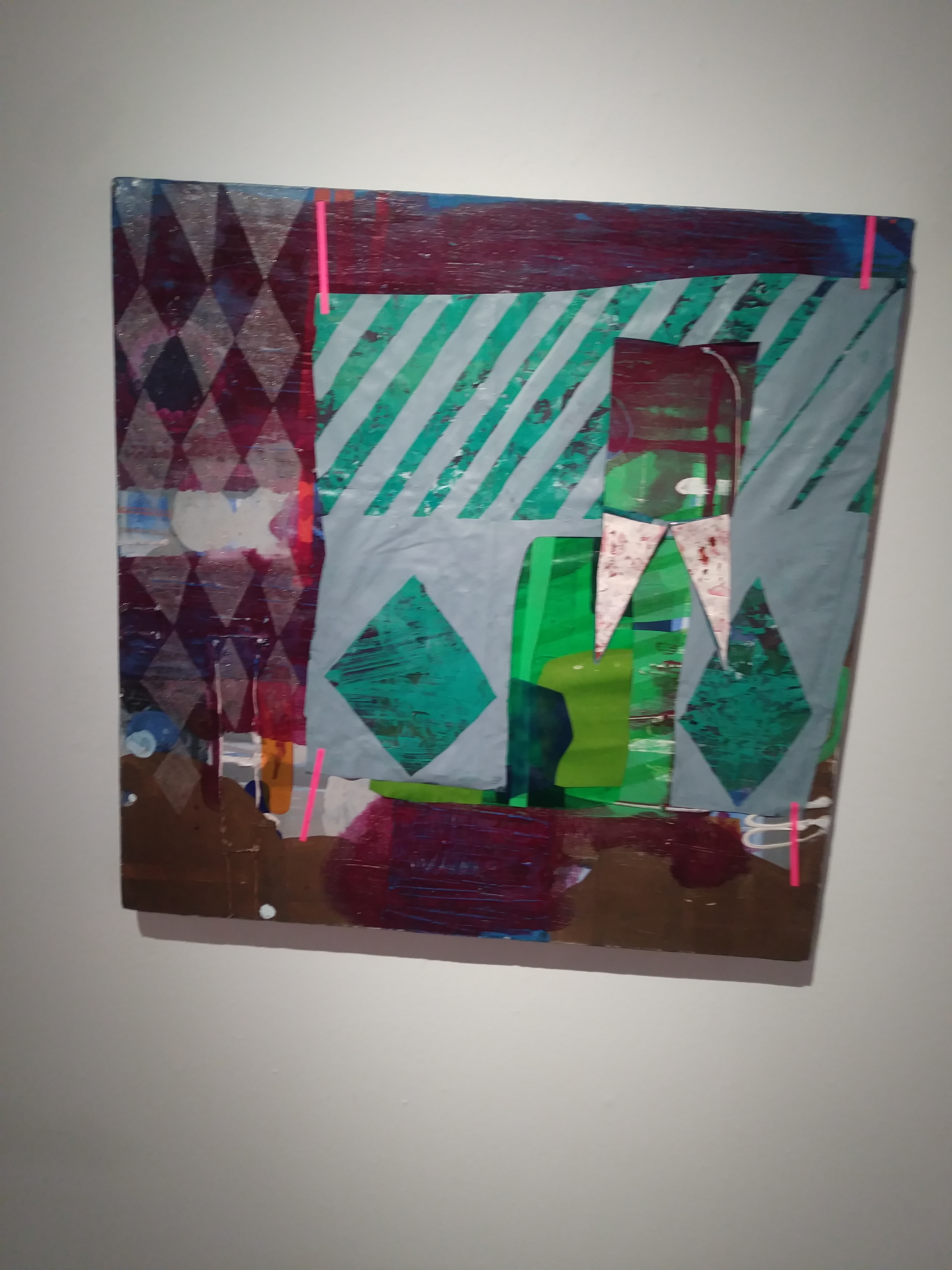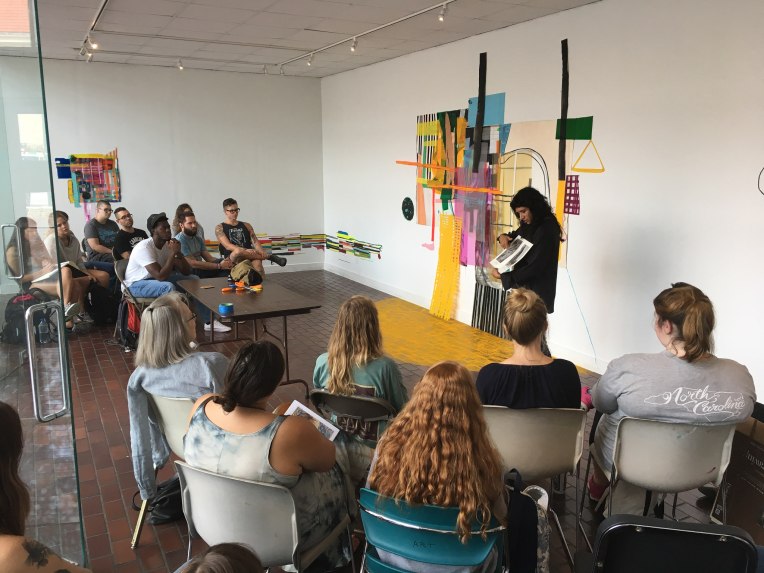Film References
Today I will be enlisting ten references from the University of Sacred Heart’s Virtual Library. I have chosen the topic of film and some music:
- Hunter, I. Q. (2016). Cult Film As a Guide to Life: Fandom, Adaption, and Identity. New York, NY. Bloomsbury Academic.
- “Investigates the world and experience of cult films, from well-loved classics to the worst movies ever made.”
- Perkins, C. and Verevis, C. (2015). US Independent Film After 1989: Possible Films. Edinburgh. Edinburgh University Press.
- “In 20 close analyses, a diverse range of leading film scholars and commentators allow the contours of the indie sensibility to emerge in and through their individual experiences of a single film that has not received the sustained critical acclaim of more popular titles.”
- Brown, S. (2016). Queer Sexualities in Early Film: Cinema and Male-Male Intimacy. Location unknown. I.B. Tauris
- “Brown offers his readers a unique insight into a little known area of early cinema, queer studies and social history.”
- Ruti, M. (2016). Feminist Film Theory and Pretty Woman. New York, NY. Bloomsbury Academic.
- “Mari Ruti traces the development of feminist film theory from its foundational concepts such as the male gaze, female spectatorship, and the masquerade of femininity to 21st-century analyses of neoliberal capitalism, consumerism, postfeminism, and the revival of “girly” femininity as a cultural ideal.”
- Bailey, P.J. (2016). The Reluctant Film of Woody Allen. Lexington, KY. The University Press of Kentucky.
- “Peter J. Bailey extends his classic study to consider Woody Allen’s work during the twenty-first century.”
- Dangelo, M. (2012). Encyclopedia of Film Genres. Dehli, IN. The English Press
- Explore the many different genres of the film industry.
- Saltzman, S. (2015). Music Editing for Film and Television: The Art and the Process. New York, NY. Focal Press.
- “Making music for the movies is a complicated, involved, and challenging process. Music Editing for Film and Television covers the practical skills needed to successfully hone your craft.”
- Spadoni, R. (2014). A Pocket Guide to Analyzing Films. Berkeley, CA. University of California Press.
- “The perfect concise guide to the formal analysis of film. Designed to be used by readers at many levels of knowledge, this book moves systematically through the elements that make up most films, focusing on aspects of the art of cinema that are common across history and national cinemas.”
- Newman, M.Z. (2011). Indie: An American Film Culture. New York, NY. Columbia University Press.
- “Michael Z. Newman considers indie cinema as an alternative American film culture. His work isolates patterns of character and realism, formal play, and opposition in these films and the function of festivals, art houses, and critical media in promoting them. He accounts for the power of audiences to distinguish indie films from mainstream Hollywood and to seek socially emblematic characters and playful form in their narratives.”
- Gil-Curiel, G. (2016). Film Music in ‘Minor’ National Cinemas. New York, NY. Bloomsbury Academic.
- “This collection explores the multifarious ways that music has been used in the cinemas of various countries in Australasia, Africa, Latin America and even in Europe that have hitherto received little attention.”
Plus, five references via Web:
- Alvarado, L. (2015). A Filmmaker’s Guide to Music Licensing. Film Independent.
- http://www.filmindependent.org/blog/the-filmmakers-guide-to-music-licensing/
- Guide for the difficult task of licensing music for films.
- Jones, D. (2015). The Greatest Indie Movie Soundtracks of All Time. Dazed and Confused Digital.
- http://www.dazeddigital.com/music/article/26737/1/ten-greatest-indie-movie-soundtracks-of-all-time
- Article enlisting different popular Independent film soundtracks.
- Rogers, J., Bromwich, K., Brown, R. (2015) Sound, style or spirit – what does indie mean today?. Guardian News.
- https://www.theguardian.com/music/2015/sep/27/sound-style-spirit-what-does-indie-mean-today-music-for-misfits-story-buzzcocks-rough-trade
- Explore the weird history and rise of independent music.
- Indie Wire Writers. (2016). Indie Wire.
- http://www.indiewire.com/
- Online publication covering Independent film, TV and news.
- Pollis, D. (2015). Top 13 Sites For Independent Filmmakers. Raindance.
- http://www.raindance.org/top-13-sites-for-independent-filmmakers/
- Different websites and resources for indie filmmakers.

